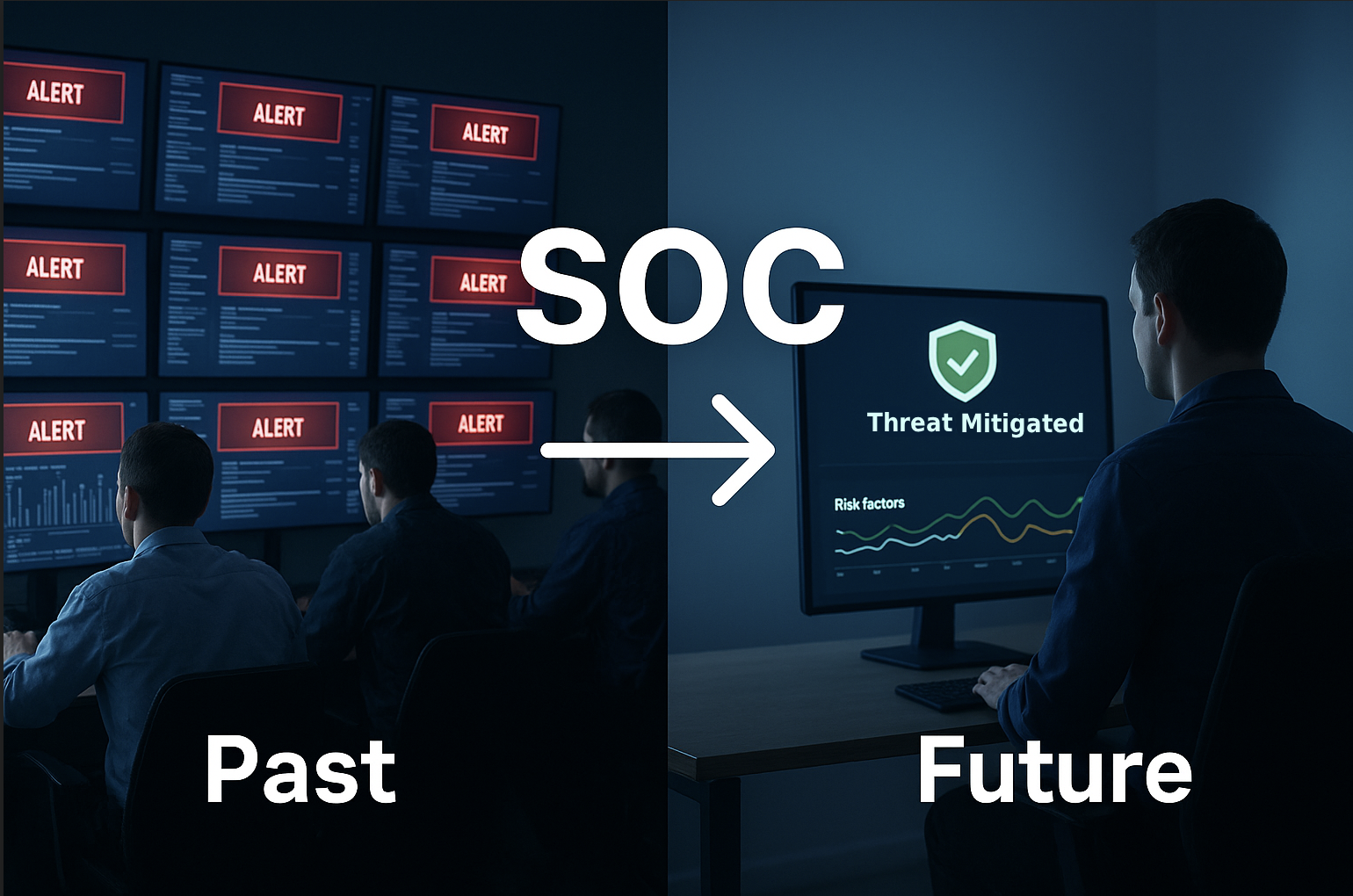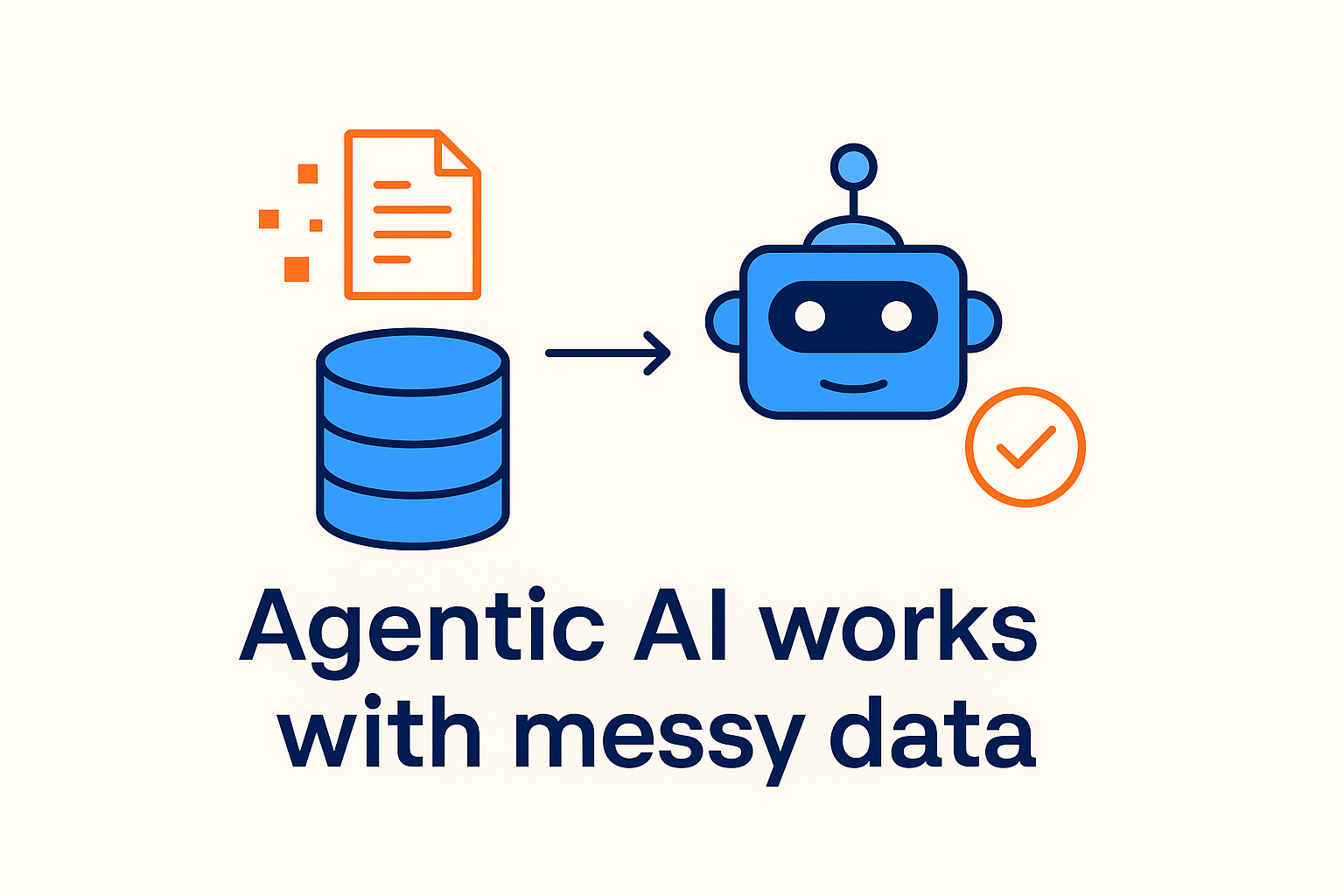Where the SOC Has Been, Where GigaOm Says It's Going

If you’ve been in security long enough, you’ve lived through a similar cycle more times than you’d like to admit.
A new detection model drops. Everyone gets excited. The SOC dashboard grows another tab, yet somehow the alert queue still looks exactly the same on Monday morning.
For years, the industry treated “more detections” as progress. Bigger datasets. Heavier correlation. Fancier visualizations. Each wave came with the same promise: This time it’ll reduce the workload.
But did it really ever?
We still see analysts barely treading in volume. Vuln teams are still having to weed through massive backlogs, and the same question keeps coming up from the CISO: Can we prove we’re actually safer?
The Difference with This Year’s GigaOm Radar
The latest GigaOm Autonomous SOC Radar stands out because it finally acknowledges what security teams have been feeling for years: The SOC needs less work, not more detection.
GigaOm calls out that:
- Low-complexity responses should already be automated
- SIEM + SOAR alone can’t keep up with modern speed
- LLMs and agentic systems are reshaping how investigations happen
- The goal is not robot SOC, but rather a human SOC with less toil
- The future hinges on systems that reduce noise and act safely
And for once, this report puts the emphasis on value and what actually shrinks the pile
The Capabilities That Will Define the Next SOC
These are the areas the report highlights as the defining capabilities of the next phase of security operations:
- Consolidating fragmented signals
- Triaging and correlating alerts without human effort
- Validating what’s real vs noise
- Automating high-volume responses safely
- Using LLM-based agents to investigate and act
Now, we could be wrong, of course, but this sounds like exactly what security teams have been begging for.
Where Tuskira Fits (Sans the Sales Pitch)
We were named a Fast Mover because our architecture aligns with where the market is headed.
We focus on reducing the work:
- An AI Context Data Lake that ingests, unifies, and normalizes fragmented signals
- A digital twin that validates what’s actually exploitable
- AI analysts who test whether your defenses would block the threat
- Safe automation that adjusts controls, closes gaps, or guides action
In plain English: We help teams prove what’s exploitable and fix what matters.
Where This Is All Going, and Why It Matters Now
The path forward looks very interesting. Security operations are shifting from monitoring to mitigation, albeit slowly. Nonetheless, that path from “tell me what happened” to “show me what’s actually at risk,” and from visibility to validation has been laid out.
This matters a lot because attackers are moving faster then we’ve ever seen and the first true AI attacks are being recognized. The bad guys’ automation is getting faster, while their reconnaissance is getting smarter. The gaps between discovery and exploitation are shrinking.
We think the market agrees, that If security stays reactive, it loses.
What GigaOm is describing is a world where:
- Noise drops dramatically
- Exploitable paths shrink
- Analyst time goes to real problems
- Controls improve themselves
- And teams finally get proof that their defenses work
So when asked, “If a zero-day dropped today, would your tools be able to stop it?” You can say “yes,” and with proof.
That’s the story this Radar is telling. That security operations can finally shift toward outcomes, not output.
.png)

